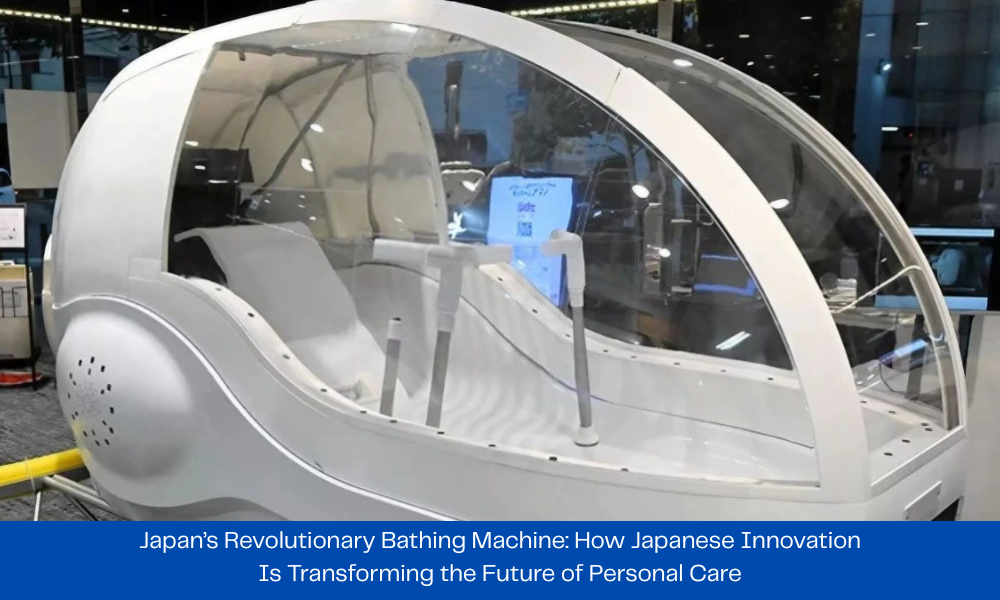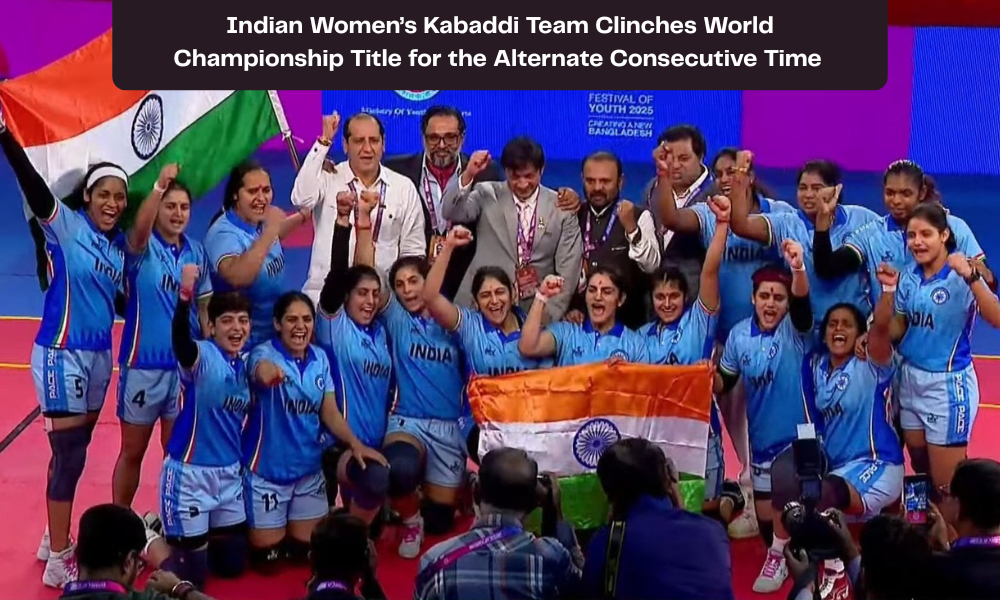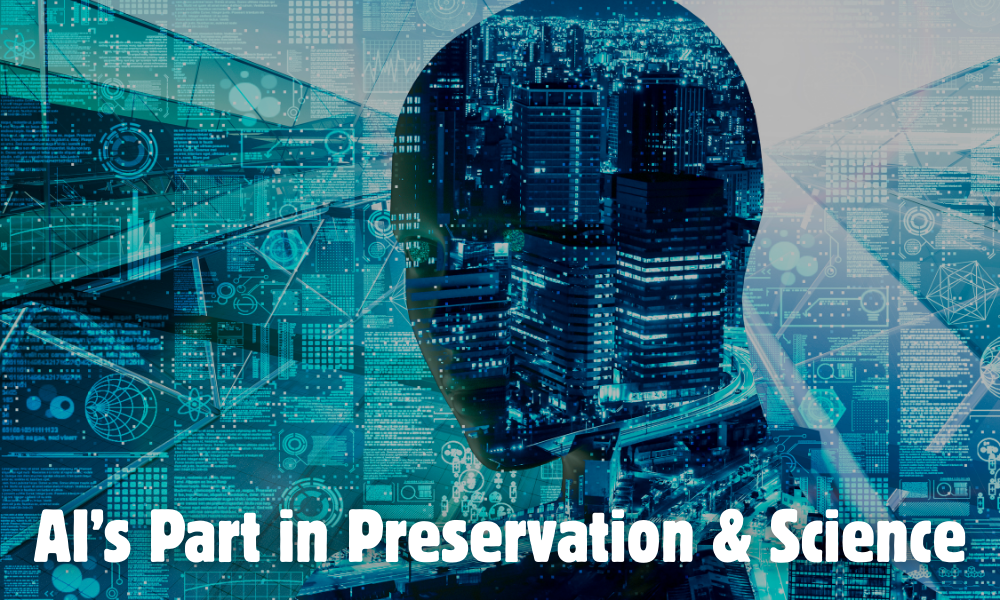Vibe Culture: How Sentimentality came to be the Unused Dialect of the Internet
It’s 2025, and your Instagram feed looks like a time capsule.
Between the grainy channels, 2000s-style selfies, ancient Bollywood blurbs, and scraps of 90s music, you might feel like you’ve ventured into an advanced time machine. But you haven’t — you’ve entered the world of vibe culture, where sentimentality isn’t a fair feeling; it’s a frame of self-expression.
The web, once fixated with flawlessness and advance, has taken a U-turn toward the past. Individuals are no longer chasing what’s modern — they’re curating what feels commonplace. From TikTok patterns propelled by retro aesthetics to Spotify playlists titled “main character 2010 vibes,” wistfulness is unobtrusively forming how we make, expend, and interface online.
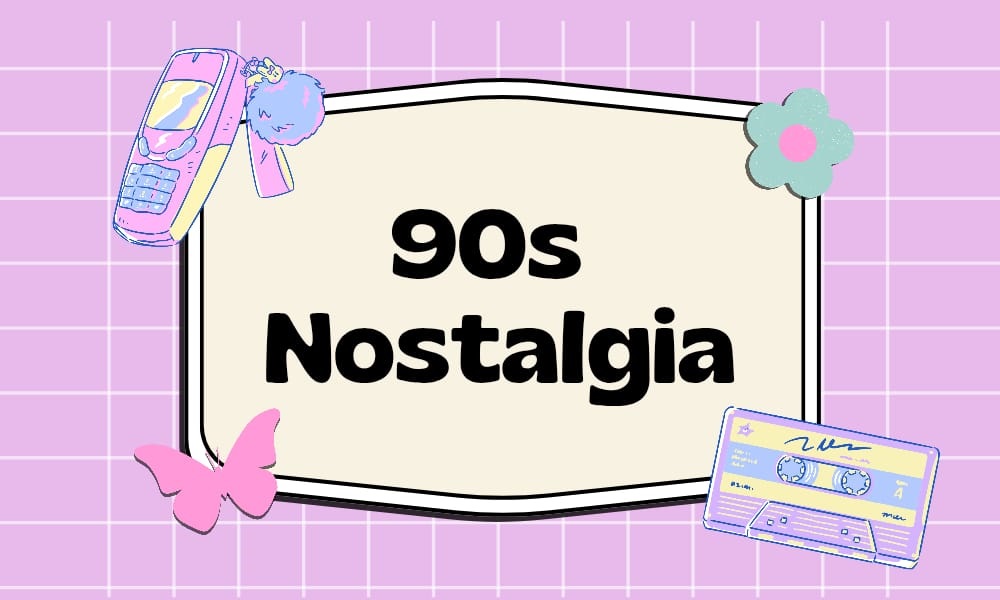
What exactly is “Vibe Culture”?
“Vibe culture” is the computerized generation’s way of characterizing temperament, environment, and enthusiastic storytelling.
It’s not about a particular substance but almost how something makes you feel. For example:
A Pinterest board filled with pastel skies and café corners gives off a delicate young lady vibe
A faintly lit reel with lofi beats and rain sounds sets a melancholic aesthetic.
A TikTok alter utilizing 2000s Bollywood tracks and ancient film grain gets to be an passionate consolation zone.
It’s mood-based character — individuals no longer portray themselves with words like “funny” or “creative,” but with vibes like “cottagecore,” “indie,” or “dark academia.” These temperaments offer assistance clients express feelings that words frequently can’t.
Why Sentimentality Got to be the Heart of It
Every slant has a reason, and the rise of sentimentality online is more than fair tasteful inclination — it’s passionate survival.
The widespread, worldwide clashes, and an over-burden of innovation have cleared out numerous feelings detached from reality. In the midst of chaos and instability, sentimentality got to be a secure space — a computerized cover of consolation and familiarity.
Scrolling through ancient music or 90s aesthetics gives individuals a sense of enthusiastic establishment. It reminds them of less difficult times — childhood summers, ancient motion picture melodies, and the world some time recently screens took over. Analysts call this “restorative nostalgia” — a yearning that alleviates or maybe then hurts.
Interestingly, brands and makers have tapped into this yearning. Whether it’s Coca-Cola resuscitating its 80s symbol or Spotify curating “throwback” playlists, wistfulness promoting has demonstrated to be one of the most candidly capable instruments in the computerized world.
The Internet’s Fixation with “The Past That Never Was”
One of the most intriguing parts of this culture is how individuals romanticize times they’ve never really lived through.
Gen Z, for example, worships the 90s — the film cameras, the music, the need of social media weight — indeed in spite of the fact that most of them weren’t born however. They make stylish collages and dress in vintage dress to reproduce what they envision those times felt like.
This is some of the time called “constructed nostalgia.” It’s not approximately lost individual recollections but approximately idealizing a slower, gentler adaptation of life. The grainy surface of ancient photographs or the inactive sound of a cassette tape gets to be typical of genuineness in an age where everything feels sifted and artificial.
Platforms like TikTok and Instagram increase this by empowering short-form narrating. Individuals share “vibe edits” — brief clips with nostalgic sound — not to appear genuine, but to express a feeling. It’s narrating through feeling, not fact.
The Rise of “Core” Aesthetics
Remember when individuals wore dresses? Presently, each equipment has a place to a tasteful core.
We have:
Vintage core: ancient Polaroids, bind dresses, retro posters.
Y2K center: glossy lip gleam, flip phones, low-rise jeans.
Dark the scholarly world: writing, libraries, and rainy-day moods.
Cottagecore: provincial peace, blossoms, and delicate hues
These aesthetics aren’t arbitrary design choices — they’re temperament dialects. They let individuals say, “this is how I need to feel” or “this is the world I wish I lived in.” It’s a computerized frame of character plan, where your nourish gets to be your passionate diary.
What’s excellent almost vibe culture is how comprehensive it is. You don’t require to fit into one drift — you can move between dispositions, periods, and sentiments. Your bolster can be both 80s retro and Gen Z advanced, since vibes aren’t categories — they’re emotions.
The Part of Music and Visuals
Music is one of the most grounded triggers of nostalgia.
A single ancient melody can teleport you back to school mornings, family street trips, or your to begin with awfulness. That’s why stages like Instagram Reels and YouTube Shorts are filled with vintage soundtracks — Kishore Kumar melodies, 2000s Bollywood hits, or early 2010s pop.
Pair that with film grain channels, VHS impacts, or moderate zoom-ins, and you immediately make an enthusiastic association. Visual narrating has ended up less around clarity and more approximately surface. Flaw — the temperamental camera, the light spills — feels human.
As gatherings of people need more realness, this unpolished tasteful is winning over the reflexive influencer culture of the 2010s.
Why Wistfulness Feels So Good
Science backs this enthusiastic pull.
According to mental considers, sentimentality can:
Reduce push and anxiety.
Increase social connectedness.
Boost self-esteem by reminding individuals of coherence in their lives.
In brief, sentimentality is established. In a time when the advanced world moves as well quickly, it moderates us down. It lets us keep in mind who we were — or envision who we seem to have been in another era.
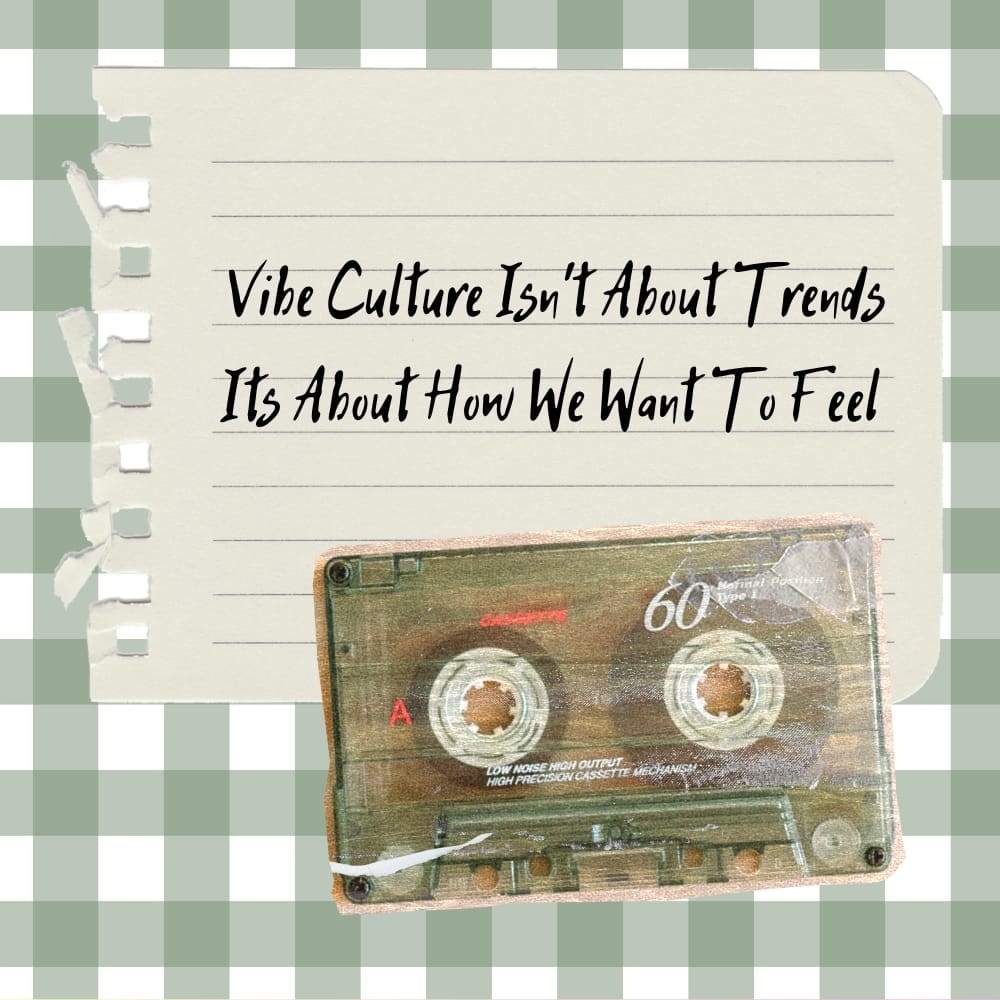
The Commercial Side: When Vibes Gotten to be Marketing
Of course, wherever feelings go, showcasing follows.
Brands have turned wistfulness into a billion-dollar industry — resuscitating retro bundling, remixing ancient jingles, and collaborating with vintage symbols. Netflix flourishes on reboots; mold cycles rehash each decade; indeed car companies bring back “classic editions.”
But here’s the capture — shoppers are more brilliant presently. They can sense when wistfulness is honest to goodness versus when it’s a showcasing contrivance. Realness wins; constrained sentimentality doesn’t.
That’s why makers who share genuine stories — ancient family photographs, transcribed letters, or childhood formulas — resonate more than brand campaigns attempting to “fake vintage.”
—
The Future of Vibe Culture
Will this sentimentality wave blur? Not anytime soon.
As AI and virtual substances grow, individuals will indeed need more passionate genuineness. We might before long see advanced spaces that reproduce retro aesthetics — envision a virtual café with 90s Bollywood playing delicately in the background.
In pitch, wistfulness isn’t around the past — it’s almost a feeling. It’s a way to recover warmth in a world run by calculations. As long as people feel the need to keep in mind, vibe culture will advance — not as a slant, but as an immortal frame of enthusiastic communication.
Conclusion
Conclusion
Vibe culture and wistfulness appear that the web isn’t fair approximately innovation — it’s approximately emotion.
Every channel, playlist, and taste tells a story almost how individuals need to feel. In a fast-changing, questionable world, wistfulness gives us a sense of having a place — indeed if that having a place is wrapped in ancient photographs and marvelous edits.

